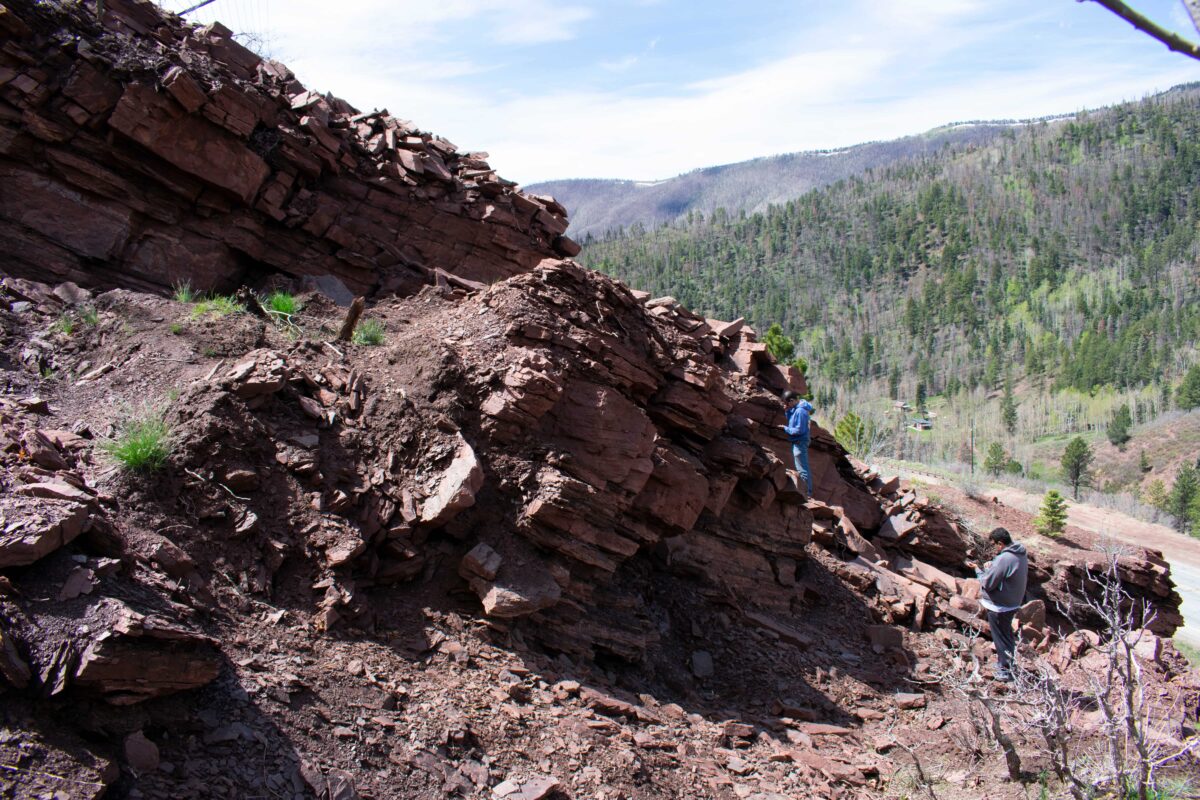The Center for Teaching, Innovation, and Research offers an opportunity to receive formative feedback on your day-to-day teaching practice. The goal of teaching observations is to facilitate a conversation about your teaching to improve it. You will receive a letter addressed to you that overviews your goals for the class meeting, observations of teaching moves, and a discussion of our reflective conversation.
Classroom observations are performed by the Director of the Center for Teaching, Innovation, and Research. Feedback will be actionable and focused on the core teaching moves with advice for different options in the future. It’s our belief there are multiple ways to be effective college teachers.
What’s the process?
- Request an observation class and time. You can request up to one observation each semester. You will decide which class, class section, and time you’d like to be observed.
- Complete the pre-observation survey. One week before your scheduled class observation, you will complete a brief Google Form that provides context to your class session, goals, and types of things you’d like your observer to look for.
- Schedule an observation debrief. We will schedule a conversation a day or two after your class observation to discuss your observation, share ideas for future teaching, and connect with different resources.
- Receive your observation letter. A week after your session you will receive a letter from the CTIR that captures your observation highlights and suggestions for the future. This letter is not shared with anyone else; however, you may share this letter as you’d like (e.g., for annual reviews, for your teaching portfolio, and/or for your tenure file)
Online classes can also be observed. Instead of a single day, the observation will focus on the interaction within a module and be based on the principles of effective online teaching by Quality Matters.
What Will You Look For?
CTIR is not a content expert in your discipline, and, as such, we will not provide feedback on your content. Instead, we will look for the pedagogical moves you make in your class session. These might include:
| Face to Face | Distance |
|
|
How Do I Sign Up?
Complete this Google Form to request a classroom observation. Contact Nick Sanders with any questions at nsanders@adams.edu.
Request an Observation


